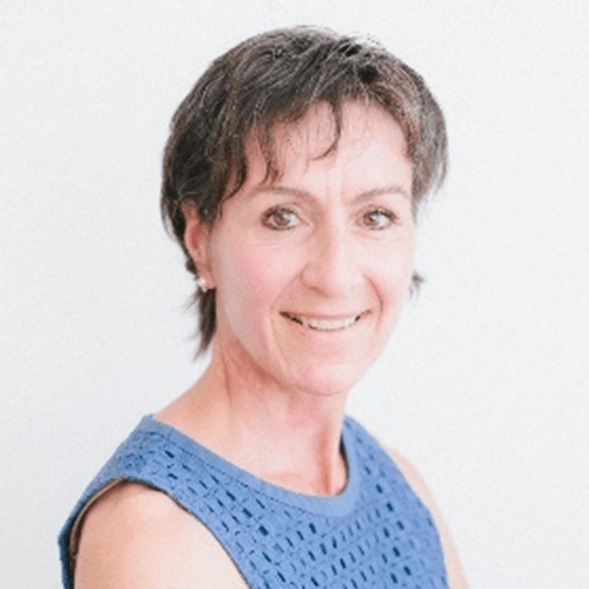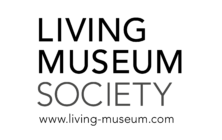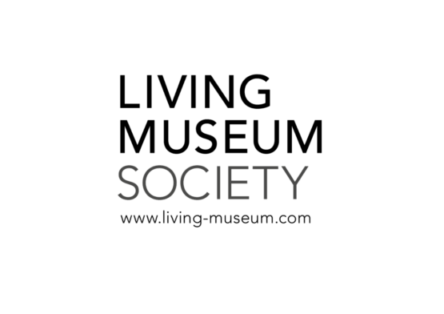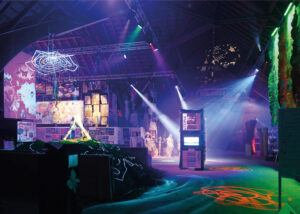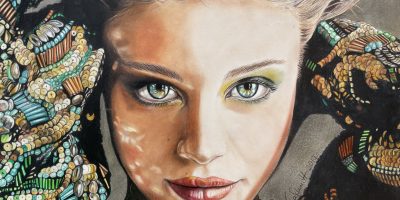Advisory Board
Dr. Andreas Altorfer
Dr. phil., psychologist, managing director and museum director of the Psychiatry Museum Berne, Stab Med. Dienst, Arbeitsgruppenleiter Forschung
Cornelia Christen
Member of the Executive Board, Head of Residential Home, Solodaris Foundation, Olten
Sylvia Frei
lic. jur. Attorney
Helen Hirsch
M.A. art historian, director and curator, Kunstmuseum Thun
Dr. Monika Jagfeld
Dr. phil., Director Kunstmuseum Lagerhaus St. Gallen, Curator Outsider Art, Art Brut, Naive Art, Board Member of the European Outsider Art Association (EOA)
Dr. Olaf Knellessen
Dr. phil., Head of Psychoanalysis Seminar Missing Link, Zurich, Supervisor
Dr. Alfred Künzler
Dr. phil., psychotherapist, trainer, teaching therapist and supervisor, Head of the Swiss Mental Health Network Coordination Office, FOPH
Markus Landert
lic. phil., art historian, director of Kartause Ittingen
Prof. Dr. Katrin Luchsinger
Dr. phil. Art historian, research area art and psychology/psychiatry, initiator of Atelier Inklusiv, professor at the Zurich University of the Arts
Dr. Alexandra Plettenberg
Initiator Living Museum Graz, author and editor. Monographs on artists of the Living MuseumNew York. Many years of art therapy work in the Schizophrenia Research Unit at the NY Psychiatric Institute. Since 2004 collaboration at the Living Museum New York.
Prof. Stefan Ribler
Lecturer in Social Work, OST- Ostschweizer Fachhochschule St. Gallen, initiator of the cultural cycle Kontrast für Kunstschaffende mit einer Beeinträchtigung, FH St. Gallen, head of the Betula Institute, Romanshorn,
Marianne Schwyn
Trustee for the Hans and Marianne Schwyn Foundation, member of the Board of Directors of Schwyn Immobilien AG, member of the Board of the associattion Kinderbetreuung Thurgau and author of the book “Littenheid-von der Geschichte gestreift” (2018).
Prof. Dr. Erich Seifritz
Psychiatrist, Member of the Board of Directors of the St. Gallen Psychiatric Association, Wyss Private Clinic for Psychiatry and Psychotherapy, Münchenbuchsee, Member of the Board of the Medical Society, SGSPP and SGPP, Head of the Psychiatric University Hospital Zurich (PUK), Professor of Psychiatry at the University Hospital Zurich.
Franca Weibel
Peer worker, founder of Trialog and Antistigma Switzerland
Prof. Dr. Günther Wüsten
Psychotherapist and social pedagogue, hypnotherapist, University of Applied Sciences Olten, CAS artistic and cultural competences in psychosocial practice
The Living Museum offers people with psychological suffering the possibility to express themselves with their creativity. They experience a community, they have a common place where they can be creative in many different directions. Through the exhibitions that take place time and again, where their art can also be bought, they become aware that they are doing something valuable, that they are part of our society and that they can be proud of themselves and their works. People who regularly go in and out of Living Museums are happier, more balanced and very often manage to overcome crises without hospital stays.
This alone should be reason enough to support the Living Museum Switzerland and to promote the expansion of its locations throughout Switzerland. I will continue to do this with my resources very happily.
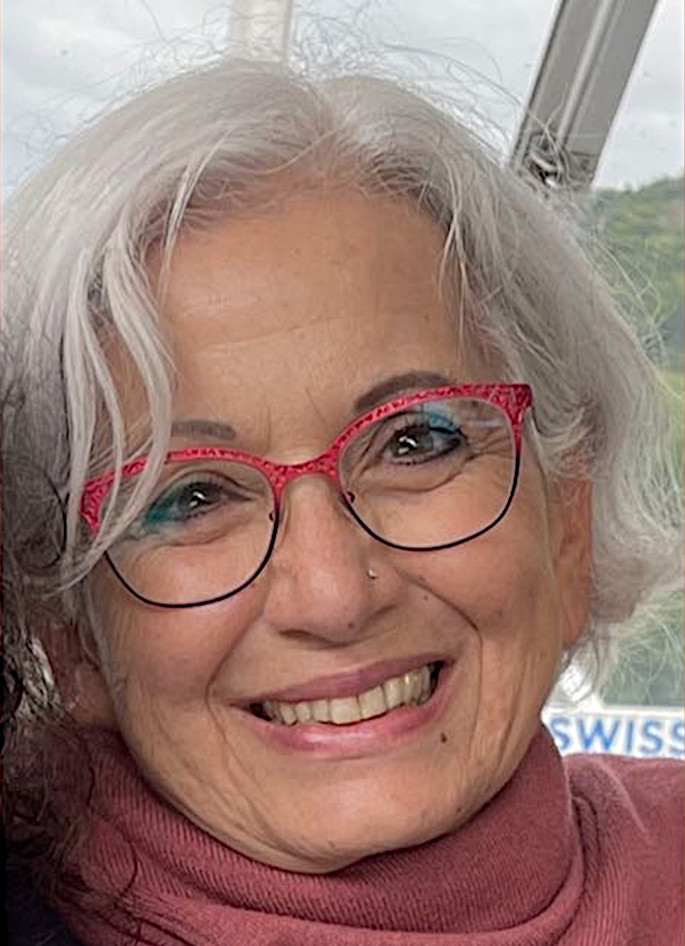
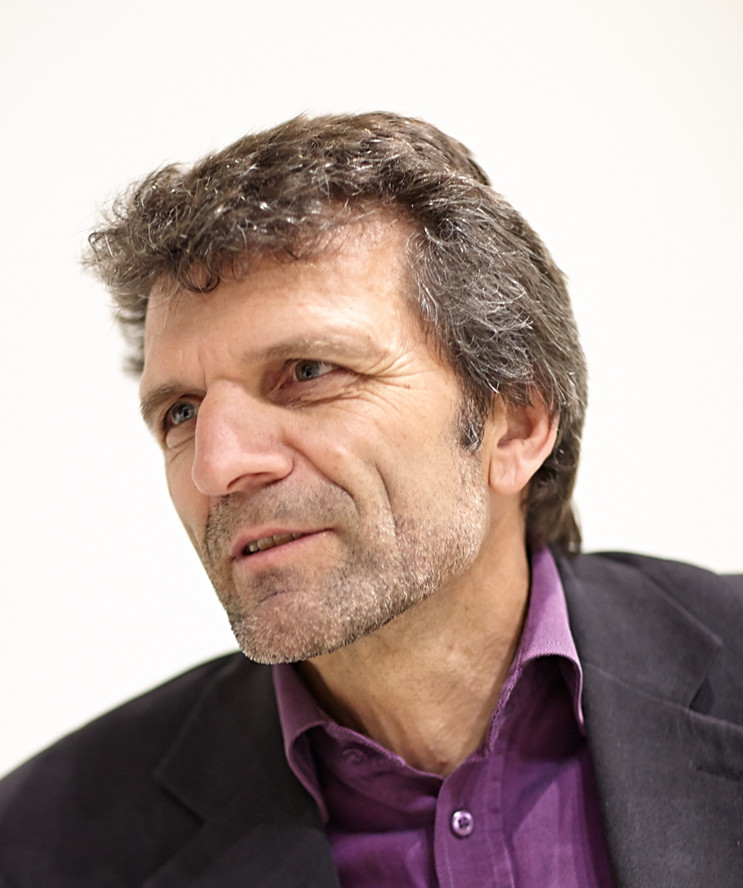
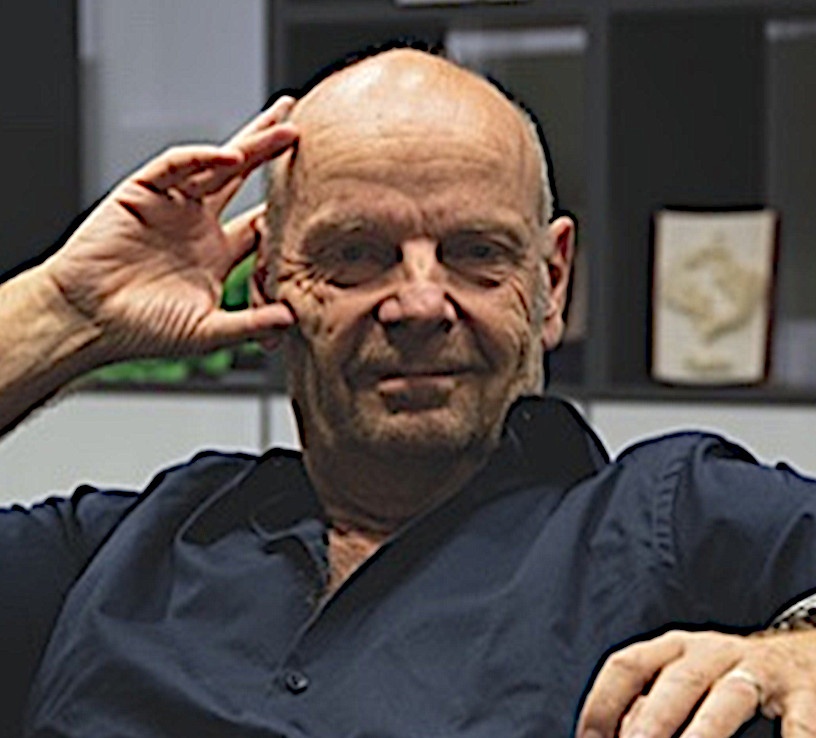
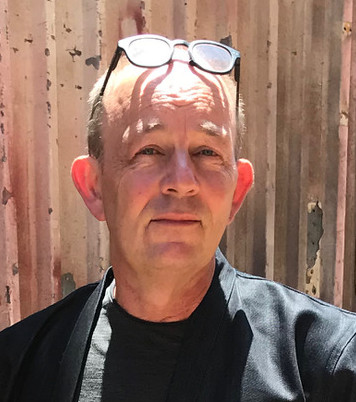
In this way, we allow empowerment rather than impairment to work and approach a new dimension of art.
This cultural recognition process has been accompanied in recent years by the Living Museum's intensive and successful facilitation and promotion of artistic work for educational and therapeutic purposes. In terms of an inclusive art (an inclusive society), an invaluable commitment.
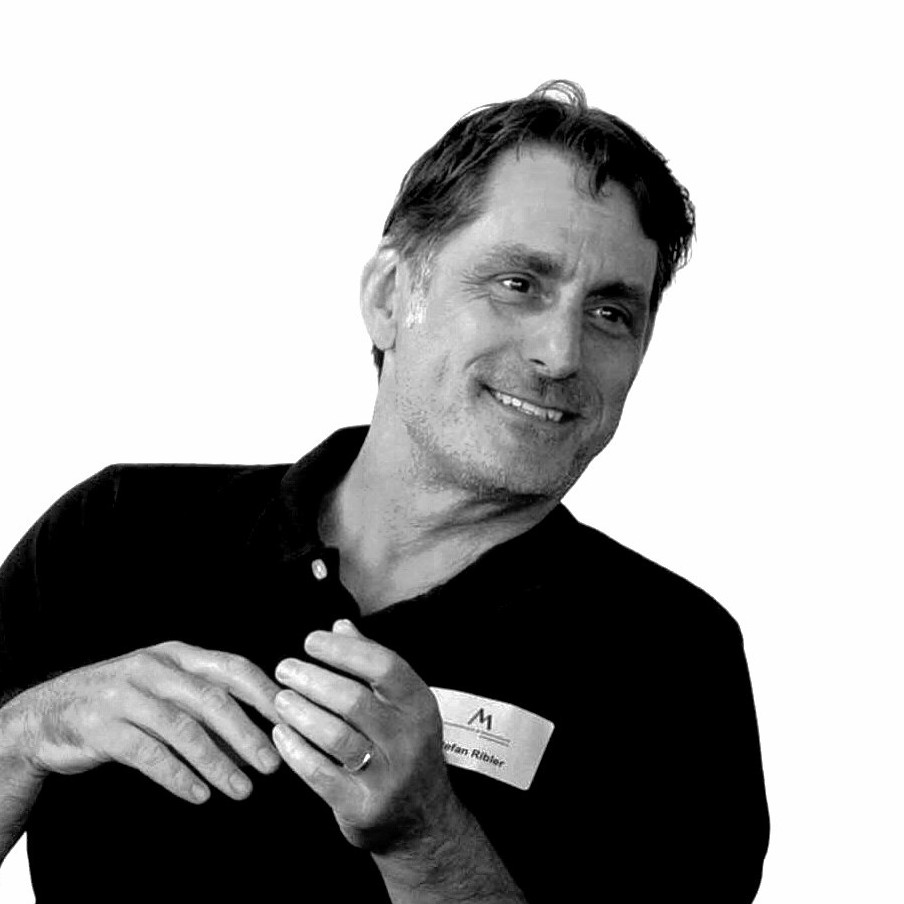
Art and culture can build visually and acoustically exciting and appealing bridges across diverse societies and have an integrating effect. The Living Museum offers a protected space that can be used as a laboratory for countless creative offerings.
I look forward to serving on the Advisory Board.
